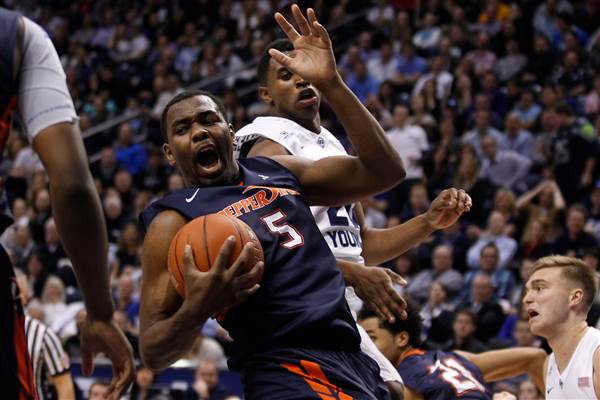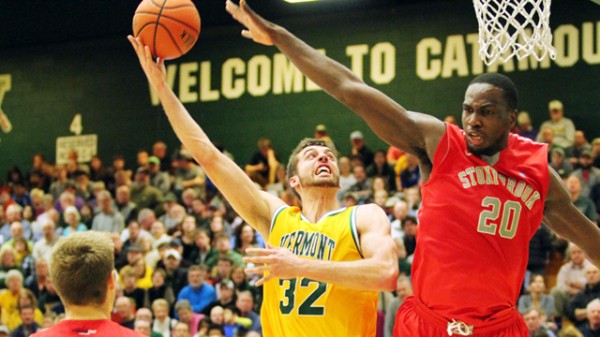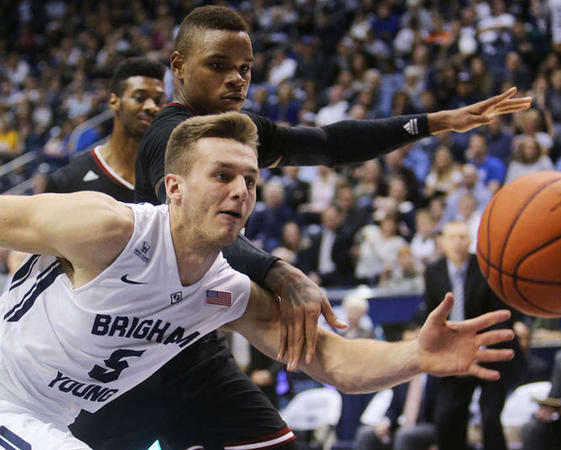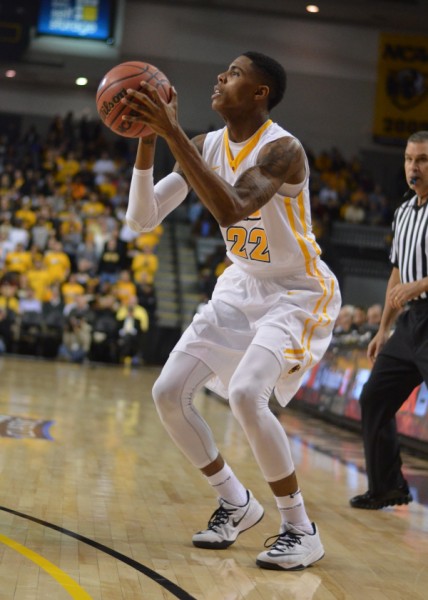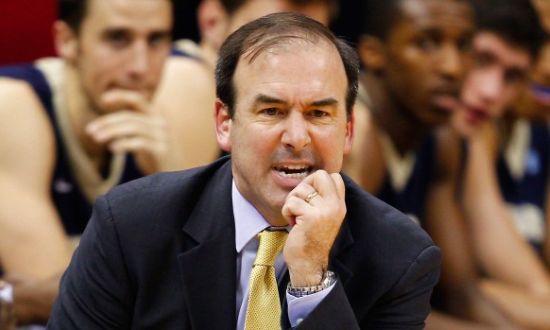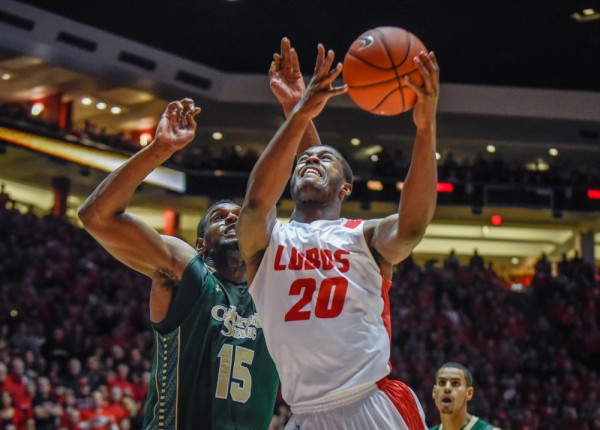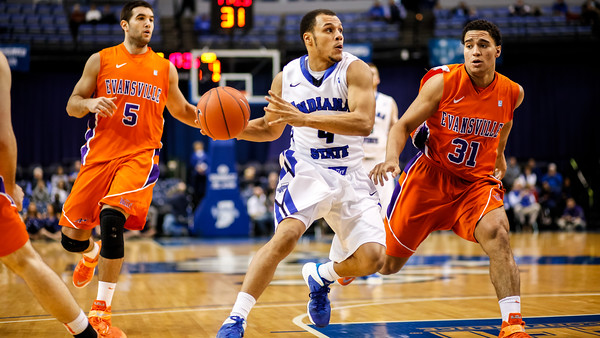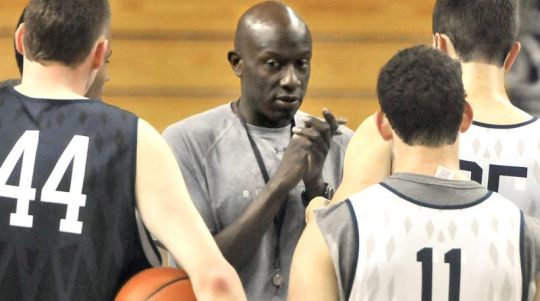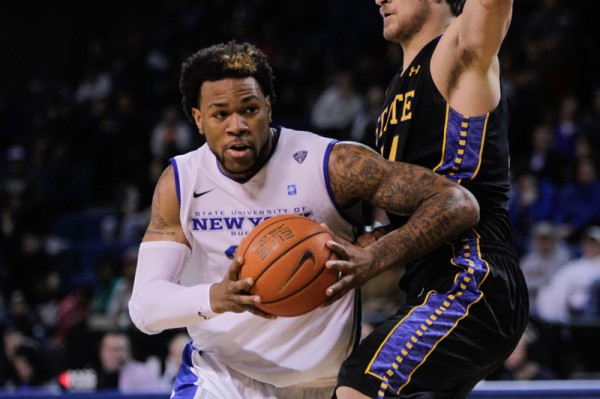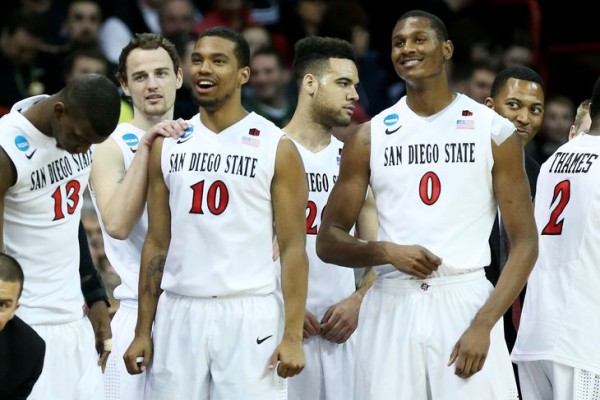O26 Weekly Awards: Pepperdine, Keifer Sykes, James Whitford & Miami (OH)…
Posted by Tommy Lemoine on January 13th, 2015Throughout the season, the Other 26 microsite will run down our weekly superlatives, including team, player, coach and whatever else strikes our fancy in that week’s edition.
O26 Team of the Week
Pepperdine. Entering last week, you know how many WCC teams had beaten BYU in the Marriott Center since it joined the conference in 2012? Four, and Pepperdine wasn’t one of them. In fact, the Waves had lost their previous three contests there by an average of 25 points per game. So when Marty Wilson’s team went to Provo and beat the Cougars in wire-to-wire fashion on Thursday night, yeah, it was kind of a big deal. The six-point win turned heads and garnered Pepperdine some positive national attention for the first time in a long while (the game was on ESPNU). And as for the Waves’ encore victory at San Diego on Saturday? That win may have propelled Wilson’s club into the upper echelon of the conference.
Defense has been Pepperdine’s M.O. this season and it put that stinginess on full display against BYU. The Waves, which entered the contest tops in the country at taking away the three-point line, held the oft-scorching Cougars (15-of-28 threes in their previous game) to just 23 percent (6-of-26) from behind the arc. BYU’s high-scoring, hyper-efficient attack had trouble finding consistent offense all night long, ultimately winding up tied for its lowest point total of the season (61 points). “We talked about our discipline and our toughness and we showed that from the tip,” Wilson said afterwards. Yet, his best coaching move of the night had nothing to do with an instilled mindset or strong defensive principles. Instead, it was probably his decision to bring top scorer and rebounder Stacy Davis (15.7 PPG, 7.7 RPG) off the bench for the first time. The 6’6’’ junior responded with a 23-point, eight-rebound performance that included a couple big free throws to ice the game. “They got us a little bit out of rhythm and they got us to take tougher shots out of our sets,” BYU guard Anson Winder said after the game, summing it up perfectly. “They scored on the other end and it’s hard to beat a team when you can’t stop them from scoring.”
But Pepperdine wasn’t done. Despite having not won back-to-back WCC road games since 2007, the Waves promptly travelled to San Diego two days later, put forth another excellent defensive effort and beat the Toreros by 12. No San Diego player – not even Johnny Dee, the conference’s fourth-leading scorer – ended up with double figures, as Bill Grier’s crew mustered only 0.75 points per possession. In a matter of three days, the team that had been picked seventh in the preseason outdid the second and fifth-place picks in their own gymnasiums. Now at 4-1 in WCC play and cracking the top-100 in KenPom, Pepperdine appears to have staying power among the top half of the WCC.





























